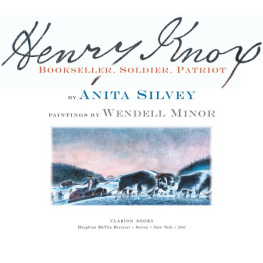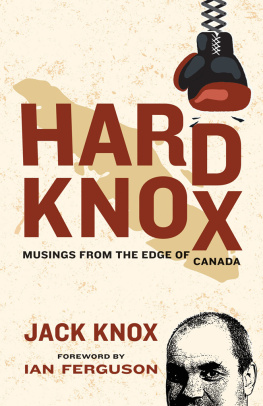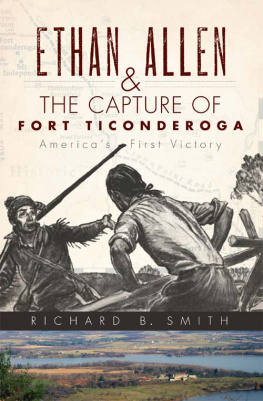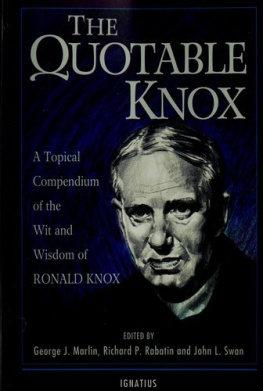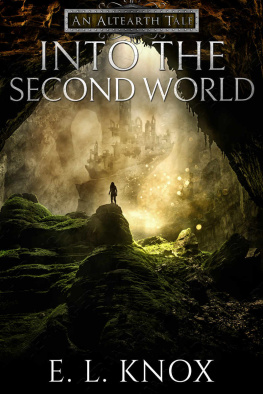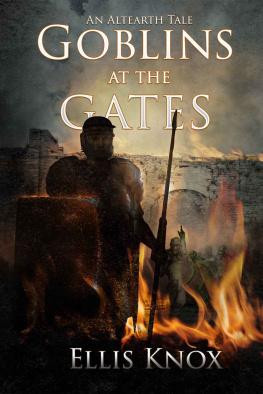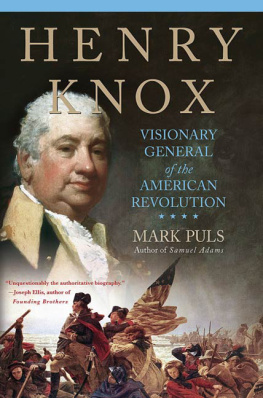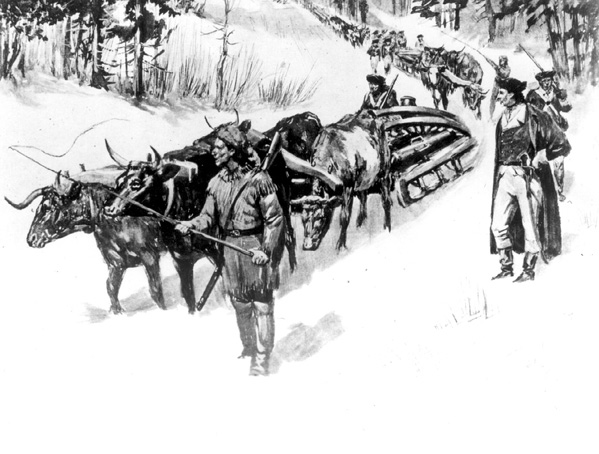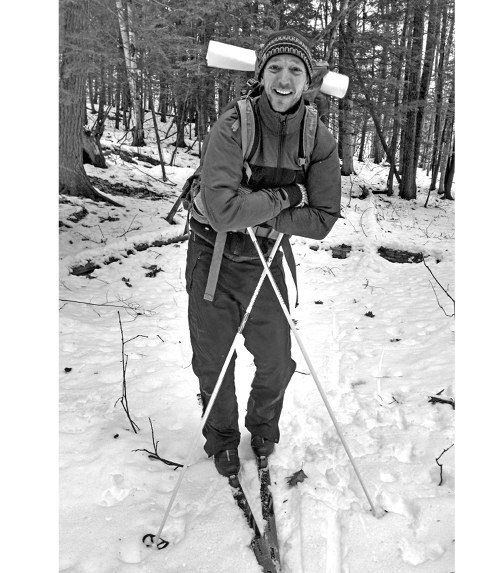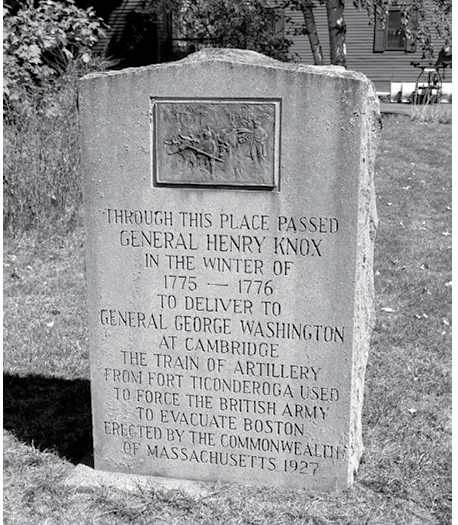2. It Is Not Easy to Conceive of
the Difficulties We Have Had45
Authors Note
This book combines two very different stories.
One takes place between 1775 and 1776 in New York and
Massachusetts, and features Henry Knox, then an unknown but ambitious volunteer in the newly minted Continental Army. Knox volunteers to undertake a challenging and dangerous mission to Fort Ticonderoga, which at this point in history is a twenty-year-old French military base in northern New York. There, he is to assess the heavy artillery and return to Bostonwhere George Washington has the British bottled upbringing along any pieces of equipment that are in workable condition.
The second takes place in the winter of 2015, in Vermont, where I undertake to thru-ski the Catamount Traila rambling 330-mile cross-country ski trail that travels the length of Vermontin a single expedition.
Artist Unknown, Hauling Guns by Ox Teams from Fort
Ticonderoga for the Siege of Boston, 1775.
At first glance, they dont have a lot in common. But the two resonate closely for me, for various reasonsnot the least of which is that long winter journeys such as we both undertook have many of the same challenges and obstacles, regardless of the terrain being covered or how they are accomplished. We both battled intense cold, heavy snow, poor trails, thaws, and many of the other physical conditions that Mother Nature and a rural landscape can throw in ones way.
Henry Knox was twenty-five at the time of his expedition, and just beginning a military career that would culminate with his role as secretary of war. Additionally, Knox had recently married Lucy Flucker, whom he loved dearly and missed while on the trail. They kept up a running correspondence that would continue throughout their lives, since this was only the first of many long separations.
I, too, at the age of twenty-seven, was facing a separation. My longtime girlfriend had decided to move across the country to pursue her career in medicine, and I needed to make a decision as to whether or not I would join her. Henrys and Lucys thoughts on their separation provided me with some perspective on my own impending one, and Ive taken advantage of their voluminous correspondence to reflect on my own decision-making process. Im a passionatealbeit, untrainedarmchair historian, particularly of the Revolutionary War era, and have frequently found lessons and experiences that are meaningful for me as I navigate the twenty-first century (which is how I stumbled across a description of Knoxs journey in the first place). For all of these reasons, Ive chosen to interweave my story with his, into one larger narrative.
The author on the trail.
Knoxs story is told in the past tenseit happened in 1775 and 1776, after all. My own, in 2015, Ive chosen to tell in the present, both to emphasize when I switch between the telling of one story and the other, and to dispel confusion, not cause it. I hope that Ive achieved this result.
Throughout the telling of Knoxs story, I have made liberal use of quotations from a variety of primary sources. As any reader of eighteenth-century history knows, journalists and memoirists of the time were far more creative in their spelling than we are today. I have chosen to preserve as much as possible their unique styling of the English language, and have chosen not to overpopulate their words with [sic]. Any misspelled words or poor grammar within quotations can be understood to have been the original authors mistake and not mine.
As always, I am indebted to the numerous historians who have written about Knox and the Ticonderoga Expedition before me. I encourage interested readers to explore my Notes section for further reading.
And finally, while every effort has been made to ensure factual accuracy, it is possible that an error has been made. If so, it is no ones fault but mine. Please forgive it.
Historical Background of Henry Knox and the
Ticonderoga Expedition
Henry Knox was born July 25, 1750, in Boston, Massachusetts, to William and Mary Knox. He was the seventh of ten children, but quickly found himself the eldest son in the house. William and Mary (like Henry years later) were plagued by the deaths of some of their brood, and only four of their ten children survived into adulthood. Henrys two surviving older brothers left home early to pursue lives as seamen and never returned, leaving a small household in Boston of William, Mary, Henry, and Henrys younger brother, also named William.
The elder William, a prosperous shipbuilder and merchant, immigrated to the British colonies in 1729 from Ireland. There, he quickly started a business that would grow to include a wharf, a construction yard, and the two-story home where Henry and his brothers would be born. William found himself out of work in 1756 during an economic downturn, however. Rather than face the economic hardship, he deserted his family for the West Indies in 1759, leaving Henry, at age nine, fatherless, and the sole provider for the now-smaller family. His father would die soon thereafter.
General Henry Knox monument, Wilbraham, Massachusetts
Faced with few options, Henrys mother, Mary, pulled Henry from the Boston Latin Grammar School where he had been studying and put him to work in the bookstore of Messrs. Wharton and Bowes. Nicholas Bowes was as much of a father figure as Henry ever had during most of his childhood, and was instrumental in shaping Henrys future career. For it was here, as Henry put food on his familys table by stocking shelves and packaging books for shipment, that he began a lifelong love affair with books and learning.


